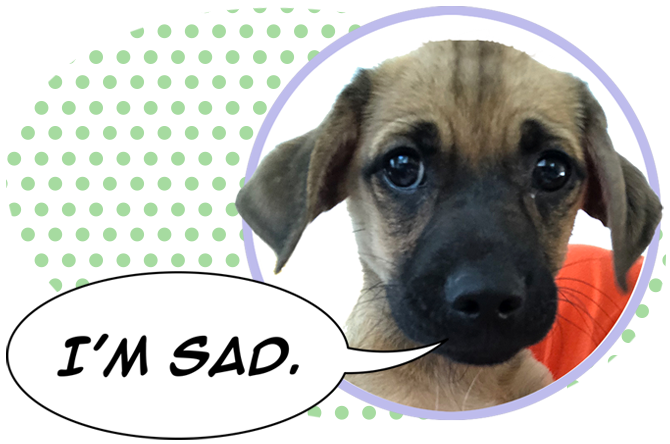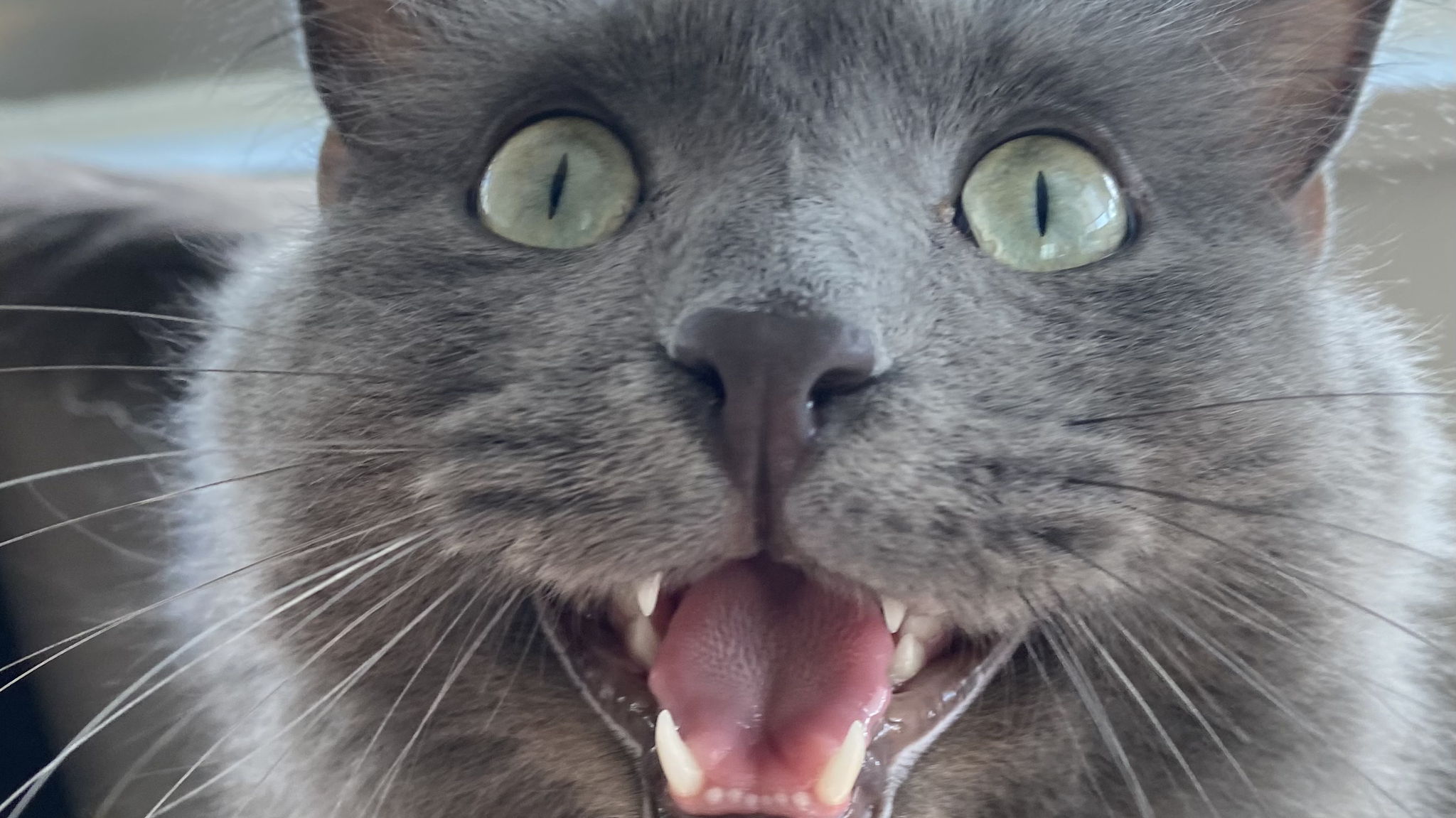Why Not to Declaw HOMEWARD TRAILS RESOURCE LIBRARY: CATS!

Scratching is a natural behavior for cats. This removes the dead husks from their claws, marks territory, both visually and with scent glands in their paws, and stretches their muscles. Unfortunately, what is natural behavior for a cat often is considered misbehavior by a cat’s human guardian, especially when furniture or other household objects are damaged in the process.
The sensible and humane solution to undesirable scratching is to modify the cat’s conduct by making changes in the environment. Many guardians, however, choose to modify their cats by having the cat’s claws removed. Usually, the front claws are the only ones cut off, but some guardians also have the back claws removed.

A Painful Surgery
Surgical claw removal or declawing is called onychectomy. By any name, it is an extreme measure in which the entire last part of the ten front toes are amputated. A graphic comparison in human terms would be the cutting off of a person’s finger at the last joint.
General anesthesia is used for this surgery, which always has a certain degree of risk of disability or death associated with it. Because declawing provides no medical benefits to cats, even slight risk can be considered unacceptable. In addition, the recovery from declawing can be painful and lengthy and may involve postoperative complications such as infections, hemorrhage, and nail regrowth. The latter may subject the cat to additional surgery.
A less invasive procedure, called tenotomy or deep digital flexor tendonectomy, sometimes is done. In this procedure, the tendons controlling the claws are severed without removing the claws. Although postoperative problems are lessened by this procedure, the risks associated with general anesthesia and the ethical question of performing surgery which does not benefit the patient still apply.
Physical and Psychological Effects
Declawing robs a cat of an integral means of movement and defense. Because they cannot defend themselves adequately against attacks by other animals, declawed cats who are allowed outdoors may be at increased risk of injury or death. Moreover, it is unknown whether declawing causes some degree of privation with respect to satisfying the instinctive impulses to climb, chase, exercise, and to mark territory by scratching.
Some declawed cats behave as they did before they were declawed, but others undergo a profound personality change. They may become extremely timid or unusually aggressive. Whether such problems develop from the trauma of surgery or the absence of claws is a matter of speculation.
Some Options to Declawing:
Posts
Training a cat to use a scratching post is the most common alternative to declawing. Ideally, cat guardians should install scratching posts in their houses before they bring home a cat. Otherwise, guardians should put scratching posts next to the sofas, breakfronts, or carpets into which cats are currently sinking their claws.
A scratching post should be well anchored so that it will not tip over when the cat uses it. The post also should be tall enough so that the cat can stretch herself or himself while scratching. The scratching surface should be made from a strong material like sisal, hemp or carpet, whichever the cat prefers. Even better would be a combination of materials. Scratching posts, like litter pans, should be deployed on every story of the house to which a cat has access.
To teach a cat to use a scratching post, wave a toy directly in front of the post so that the cat’s nails dig into the post as he or she grabs for the toy. Play this game two or three times a day for a few days and the cat will soon be climbing the post spontaneously. You could also apply some catnip to the post for additional enticement.
Certain Behavior
Nails
Keeping a cat’s nails trimmed is another alternative to declawing. Cat guardians can lessen the amount of husk-removal scratching their cats engage in by seeing that the claws are clipped regularly. The tip of the claw should be removed along with any loose husk covering the fresh, sharper claw underneath. If their claws are clipped as needed, once every week or two, cats will have less desire to remove the husks of dead claws by scratching – an activity frequently mistaken for sharpening the claws.
To trim a cat’s claws, place her or him on a table or on your lap, and facing away from you. Lift one of the legs so that the lower part of the leg rests in your upturned fingers. Holding the leg securely but non-threateningly between the heel of your thumb and the tips of your middle, ring, and little fingers, grasp the paw between your thumb and forefinger. Press down gently on top of the paw with your thumb, spreading the toes and extending the claws. Check each claw individually. Do not trim blunt or rounded claws. If the nail is honed to a talon-like point, clip it. Be careful to clip the hooked part of the claw only. Avoid cutting into the pink tissue visible inside the nail.
Caps
There are commercial products which cover the claws and reduce the need for frequent trimming of the nails. A nontoxic adhesive is used to attach a plastic cap over each claw. These are alleged to last up to 6 weeks and are not harmful if eaten by the cat.
This information courtesy of: http://www.declawing.com/htmls/article.htm



